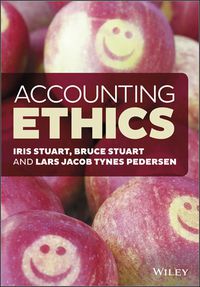Question
Part A: Assume that there is a single cause of all of the variances in Part A. State the most likely cause, and briefly explain
Part A: Assume that there is a single cause of all of the variances in Part A. State the most likely cause, and briefly explain how it possibly caused the other variances.
| Material Rate | 30,000 F |
| Material Efficiency | 20,000 U |
| Labour Price | immaterial |
| Labour Efficiency | 15,000 U |
| Variable Overhead Rate | immaterial |
| Variable Overhead Efficiency | 22,962U |
| Fixed Overhead Flexible Budget | immaterial |
| Fixed Overhead Production Volume | immaterial |
Part B: Assume you are the manager of a company that installs floor tiles. The Covid pandemic has resulted in a huge increase in potential customers. In order to meet this increased demand, you purchase several new tile saws that can cut more accurately and faster. Because of this new tile saws, you can purchase slightly lower quality tiles. Labour costs per hour remains the same. The new tile saw requires the same amount of indirect material per hour as the old saw. Overhead is allocated based on Direct Labour Hours.
For each of the following variances, indicate if the new saw will create a favourable variance, unfavourable variance or no material variance.
- Material Price/Rate
- Material Efficiency
- Labour Price/Rate
- Labour Efficiency
- Variable Overhaed Rate
- Variable Overhead Efficiency
- Fixed Overhead Rate
- Fixed Overhead Production Volume
Step by Step Solution
There are 3 Steps involved in it
Step: 1

Get Instant Access to Expert-Tailored Solutions
See step-by-step solutions with expert insights and AI powered tools for academic success
Step: 2

Step: 3

Ace Your Homework with AI
Get the answers you need in no time with our AI-driven, step-by-step assistance
Get Started


